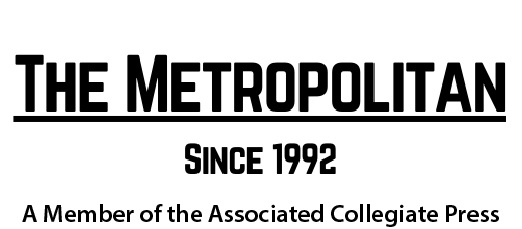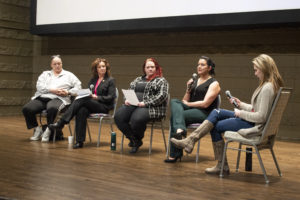Samuel Albers Editor-in-Chief
It should come as no surprise that the COVID-19 pandemic has had a profound effect on the way that colleges and universities around the nation operate. Many schools have had to close their doors to students for close to two years and are only just now beginning the process of reopening. Students are struggling as well. Many have found themselves unable to make ends meet.
As part of the American Rescue Plan (ARP), the U.S. Government authorized The Higher Education Emergency Relief Fund (HEERF) to offset the challenges of continuing college education during a pandemic. Metro State has been given significant funding under this initiative to help struggling students and to tackle other problems resulting from the pandemic. So where does that money go? How is it being used?
So far, Metro State has received $18.5 million from the federal government. About half of that must be used for direct and emergency grants to students. Direct aid is based on federal regulations that require universities to prioritize students that demonstrate exceptional need. Eligibility for these direct grants is largely based on a student’s Expected Family Contribution (EFC), which is determined by the student’s Free Application for Federal Student Aid (FAFSA®), and by the number of enrolled credits through January 26, 2022. Students with an EFC of $7,250 or less are eligible. Here is the link to the FAFSA application for the 2021-22 school year.
The emergency grants work slightly differently, requiring students to complete a separate application to be considered. Students don’t need to have a FAFSA on file with Metro State to receive these grants. Anyone registered for Spring 2022 classes who has been financially impacted by the pandemic is encouraged to apply. Simply answer the questions in the form and describe how the pandemic has affected you financially. Here is a link to the emergency grant application.
Note that program restrictions make the following students ineligible to receive direct grants:
- Students in high school but concurrently enrolled in Metro State courses
- Students in the Postsecondary Enrollment Options (PSEO) program
- Students receiving senior citizen tuition rates
- Students who are currently incarcerated
- Students who are enrolled in non-credit courses
- International students
- Students who are undocumented
- Students whose tuition is paid by a third party, or by employee waiver of Minnesota State Colleges and Universities
- Students who have received an emergency grant after August 19, 2021
The list of strictures is shorter for those seeking emergency grants. Students who are incarcerated, receiving senior citizen tuition rates, or whose tuition is being paid by employee waiver of Minnesota State Colleges and Universities are ineligible for emergency grants.
Metro State is also using its HEERF funding to offset some non-tuition costs of attendance. For instance, the school will issue payments to all enrolled students to cover parking and student center fees assessed for the Spring semester, at $20.50 per enrolled credit by the January 26, 2022 deadline.
Additionally, several classroom upgrades are underway with the goal of improving students’ experiences both inside the classroom and out. Many classrooms have been upgraded with technology necessary to support virtual education. Educators have been provided with training on best practices for online/asynchronous education, as well as in Zoom and other technologies that facilitate virtual learning.
Metro also started a paid internship program for students who are helping their communities overcome challenges related to the pandemic. So far there are around 200 Metro State students participating. [Are there examples of how students are helping/what to do to see if you qualify to have work you are doing count toward an internship/opportunities for internships for people who want to help their community?]
There are countless other ways that Metro State is using its ARP funding, and nearly all of them benefit students in some way. If you have a suggestion on how Metro State can use this money to help students in need, please send an email to covid-19@metrostate.edu.



